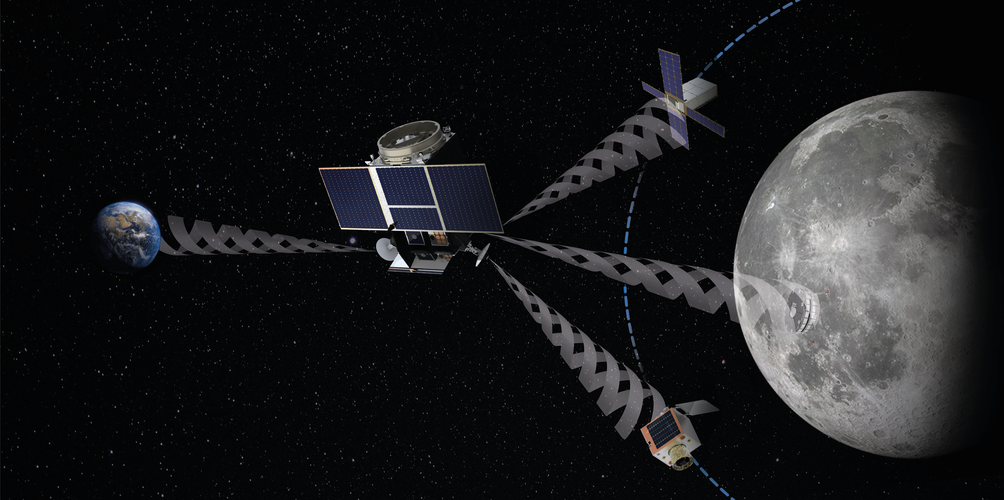
Navigation satellites like Europe’s Galileo constellation are intended to deliver positioning, navigation and timing services to our planet, so most of the energy of their navigation antennas radiates directly towards the Earth disc, blocking its use for users further away in space.
“But this is not the whole story," explains Javier Ventura-Traveset, leading ESA’s Galileo Navigation Science Office and coordinating ESA lunar navigation activities. "Navigation signal patterns also radiate sideways, like light from a flashlight, and past testing shows these antenna ‘side lobes’ can be employed for positioning, provided adequate receivers are implemented.”



